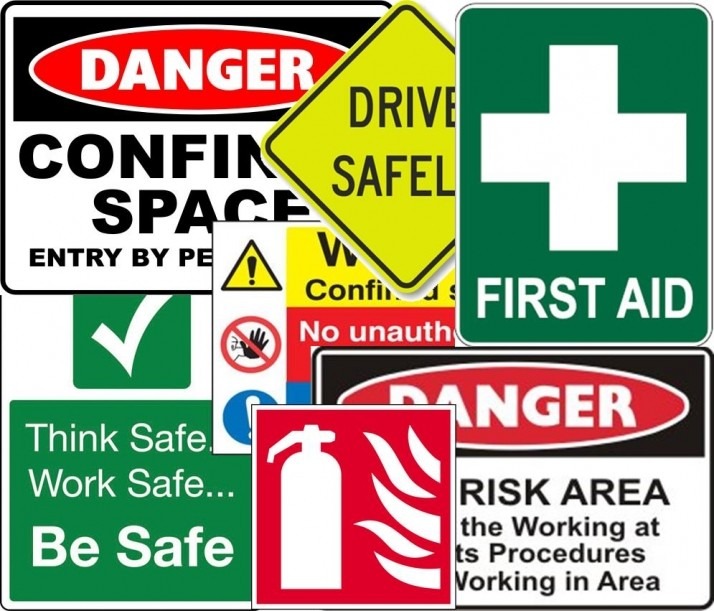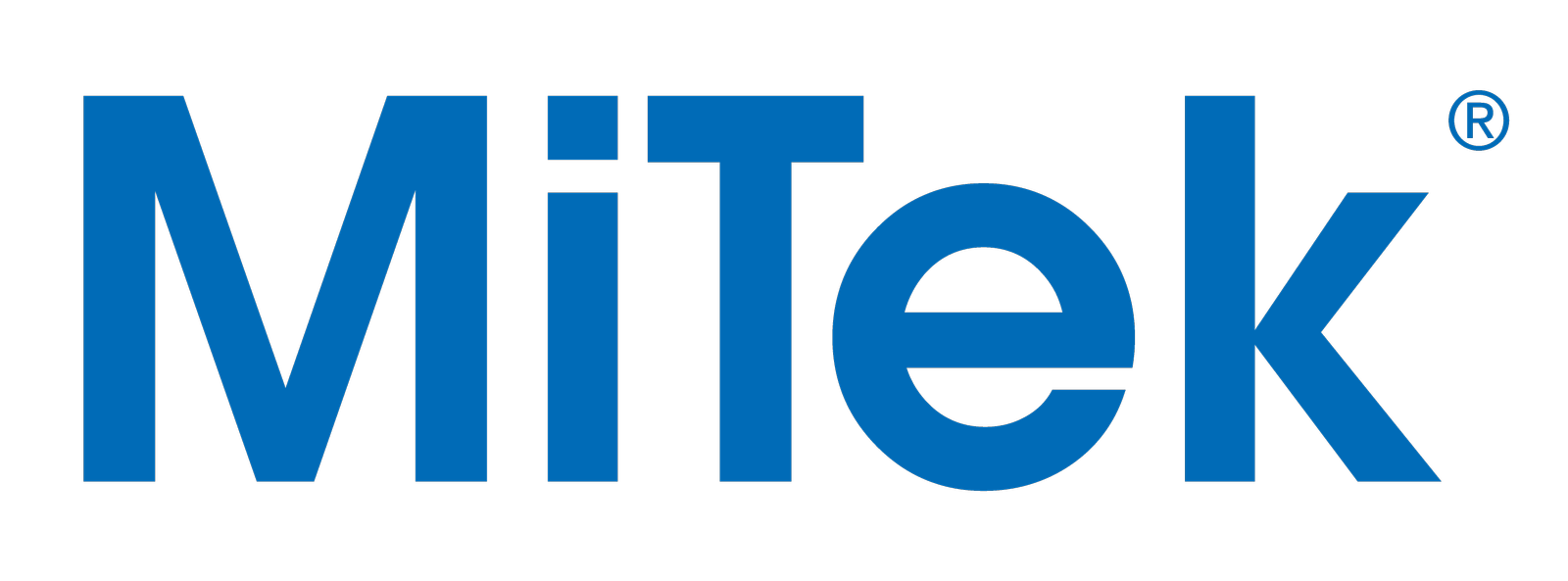
Written and provided by Andrew Kidd, Chair of the FTMA Frame and Truss National Safety Council
The Responsibility of Effective Induction
Ensuring the safety of everyone in the workplace is not a simple or discretionary option that we try our best to achieve; it is an operational imperative. Delivering that ‘safety imperative’ message to a new employee begins with their workplace induction. It has been shown that comprehensive workplace induction programs substantially reduce the likelihood of injuries caused by a lack of awareness regarding hazards and risks. The data shows that competent staff, who are informed from the beginning, contribute to identifying workplace hazards and to achieving a measurable reduction in workplace safety incidents.
It is well understood that a thorough workplace induction is a key underpinning tool for managing occupational health and safety risks, particularly in a manufacturing environment. In our industry induction is not merely an administrative ‘welcome to our business’ exercise; it is a crucial process designed to reduce harm by ensuring all staff understand the hazards present and controls used in their work environment. Simply put, a well-executed induction is part of your risk management strategy.
Why Induction is a Non-Negotiable Safety Measure
Research consistently identifies a direct link between structured induction programs and lower rates of workplace incidents. Injuries resulting from insufficient hazard awareness or lack of safety knowledge are among the most common and preventable events. A review of incident data by Safe Work Australia found that new and inexperienced workers are significantly overrepresented in injury statistics.
Workplace inductions, when effectively designed and delivered, yield the following measurable outcomes:
- Reduction in incident rates among new employees, as demonstrated by incident frequency rates pre- and post-induction program implementation.
- Improved hazard reporting due to increased awareness of hazards and a clearer understanding of reporting mechanisms / processes.
- Faster integration of new staff into correct workplace safe work practices, reducing both the risk likelihood and the burden on co-workers.
- Legal compliance through demonstrable achievement of training and induction obligations under WHS legislation.
Industry evidence supports this approach. WorkSafe reports repeatedly highlight that many workplace injuries, particularly among new or recently inducted employees, stem from unfamiliarity with workplace hazards. Induction provides a structured process to communicate, demonstrate, and reinforce the necessary knowledge and safe work practices required for each unique environment.

From a legal, moral and operational standpoint, reliance on unstructured “shadowing” or informal onboarding is categorically insufficient. When a worker is exposed to significant hazards as a part of their usual work process, their induction will need to be more rigorous.
The greater the likelihood of a hazard eventuating, or the higher the potential consequence of the hazard, the more rigorous the induction process must be.
For example, in an environment where a failure to observe a lockout-tagout procedure could result in irreversible harm, severe injury or a significant time off work, the induction must drill down into great detail about the controls in place. The cost or inconvenience of a detailed induction process can never be so great as to justify a decision not to implement it, particularly where the potential for harm is significant.
Three Pillars of OHS Induction Training
The manufacturing industry, with its high-risk tools / equipment, fast paced work and repetitive nature of that work, would likely benefit from a tiered induction process. Induction training should align with the specific pattern of employment and job-site requirements. This approach would lend itself to the following three stages:
- General Company Induction: Every worker must be furnished with a foundational understanding of occupational health and safety expectations and processes, common site hazards, and standard risk controls. This induction should encompass not only what hazards exist, but also the organisational expectation for hazard identification and reporting.
- Site-specific Induction: Knowledge about the specific worksite site is essential. Workers must be explicitly briefed on site rules, site safety procedures, emergency management, and site-specific supervisory arrangements.
- Task-Specific Induction: Even with broad company and site-specific knowledge, the nuances of individual tasks must not be overlooked. Each work task or activity has its own hazards and carries unique risks. Task-specific inductions require instruction and training on the control measures tailored to each task.
These levels of induction are not interchangeable. Rather, their combined implementation forms a robust framework, ensuring that no worker can reasonably claim insufficient information, instruction or training.
The correlation between comprehensive inductions and reduced incidents is supported by industry data. Research indicates that new workers hold a disproportionately high risk for injuries in their initial months of employment. Many of these incidents are preventable and can be traced to insufficient hazard awareness or unfamiliarity with control measures.
It follows that employers are obliged to ensure the induction process is thorough, up-to-date, and tailored to the specificities of the site and task at hand. The greater the potential harm of an identified risk, the less tolerance there should be for omitting or subverting induction content.
How are You Managing Induction in Your Workplace?
For all of us, the question is not whether to conduct inductions, but whether current approaches to inductions are sufficiently robust, evidence-based, and continually reviewed.
- Are you confident every new starter receives the knowledge necessary to keep themselves and others around them safe?
- Does your induction process cover every reasonably foreseeable risk, not just those previously realised?
- Do you regularly review induction content in light of incident data, worker feedback, and legislative change?
A robust induction is not a one-off event, but rather an investment in the ongoing health, safety, and competence of every member of your workforce. If you are committed to continual improvement, now is the time to audit, update, and strengthen your induction processes.
Safety is not negotiable, and neither is comprehensive induction.

Follow FTMA Australia for Industry News and Updates
Our Principal Partners



